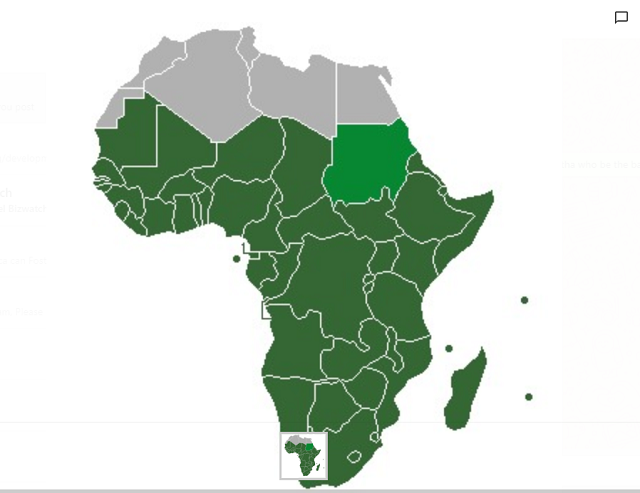The United Nations is targeting 2030 as the year in which its member states will accomplish 17 Sustainable Development Goals, the clock seems to be ticking fast as we are only nine years away from the deadline.
Progress is being recorded in other parts of the world, however, with the focus on sub-Saharan Africa (SSA), the big question is, would the sub-region deliver on this mandate?
According to Tolu Oyekan in an article, titled, ” Development In Sub Saharan Africa Is Lagging“, countries in SSA are faced with challenges in meeting these goals in this race against time, as he also suggests ways to help decision-makers from the region tackle the problems and equally arrive at the finish line with rest of the world in a timely manner.
Over the years, African countries have been plagued by socio, political and economic problems. Some of which include poverty, lack of infrastructure, violence, corruption, poor health facilities, illiteracy and lack of access to credit facilities. All these are obstacles hindering the geometric growth and development required by the continent to achieve the SDGs.
READ ALSO: EXCLUSIVE: Volume Of Claims In Insurance Market After COVID/#EndSARS Ran Into Billions – Ibidapo
In the midst of all these, sub-Saharan Africa has witnessed some level of improvement but not at the much desired swift pace. This article discusses three key areas that sub-Sahara Africa can utilize to achieve results.
Aggregation of Data
Data equals knowledge which is why countries in sub-Sahara Africa need to take aggregation of data very seriously. Good data can help identify problems, develop accurate theories, bring about strategic approach and empower one to make informed decisions. With accurate data, sub-Sahara Africa can understand prevalent issues, how to tackle them and compare their progress with other countries of the world.
Adjustment of Development Techniques
The world is constantly changing. To bring about swift and meaningful development, governments in sub-Sahara African countries need to keep up with these changes. Development techniques employed to solve issues should be increased and existing ones should be updated even if it means incorporating best practices from other disciplines. In addition, there is the need to execute developmental techniques that are in sync with distinctive regional needs in other to achieve all-round development.
People Inclusiveness
If sub-Saharan Africa wants to solve her problems, she needs to include her people in the process (they know where the shoe pinches). Women, youths, small businesses and the private sector are key shareholders that should be involved in the design and implementation process to achieve success.
Growth and development is attainable at a rapid pace in sub-Sahara Africa. Government in sub-Saharan African countries need to pay close attention to the key areas of data aggregation, development techniques and inclusion of Africans. We might not be advancing at the speed required to achieve the 2030 SGDs but sub-Saharan Africa will not be left behind, let’s take action now!











